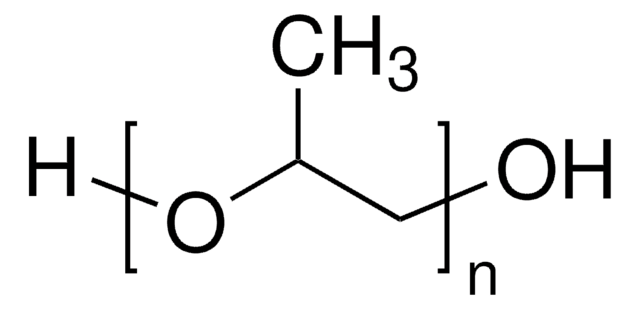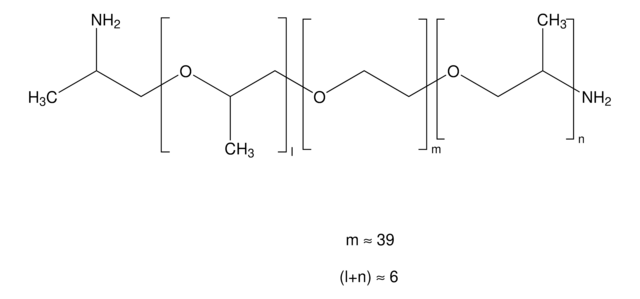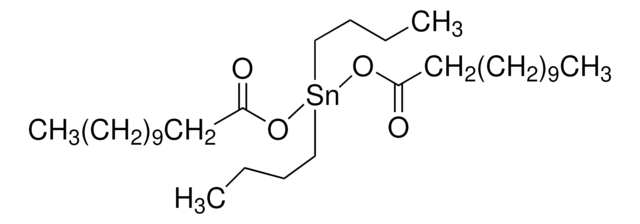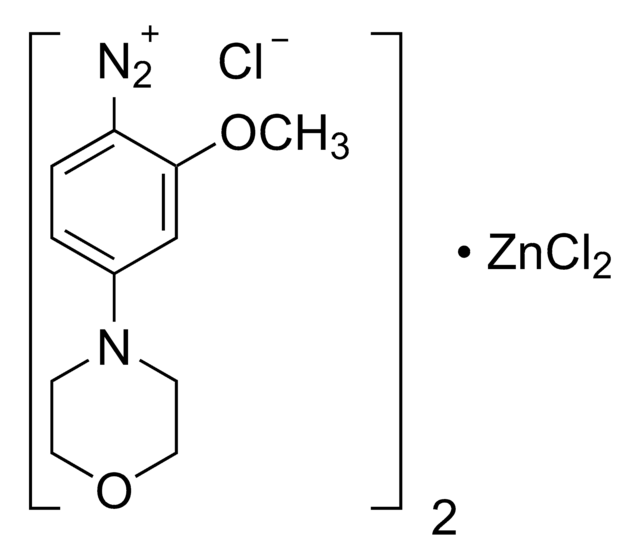202320
Poly(propylene glycol)
average Mn ~1,000
Sinonimo/i:
PPG, Poly(propylene oxide)
About This Item
Prodotti consigliati
Densità del vapore
>1 (vs air)
Tensione di vapore
<0.01 mmHg ( 20 °C)
PM
average Mn ~1,000
contiene
130-190 ppm proprietary phenolic antioxidant
Indice di rifrazione
n20/D 1.449
Viscosità
150 cSt(25 °C)(lit.)
Indice di ossidrile
111 mg KOH/g
Solubilità
water: miscible (completely)
Densità
1.005 g/mL at 25 °C
Stringa SMILE
CC(O)CO
InChI
1S/C6H14O3/c1-5(8)4-9-6(2)3-7/h5-8H,3-4H2,1-2H3
DUFKCOQISQKSAV-UHFFFAOYSA-N
Cerchi prodotti simili? Visita Guida al confronto tra prodotti
Categorie correlate
Descrizione generale
Applicazioni
- As a precursor to synthesize multiblock thermo-responsive smart polymers for various biomedical applications. The presence of PPG is the main reason for the thermosensitivity of these polymers. For example, it can be used to synthesize poly(ester urethane)s.
- For the surface modification of sisal fiber to enhance nucleating ability.
Codice della classe di stoccaggio
10 - Combustible liquids
Classe di pericolosità dell'acqua (WGK)
WGK 1
Punto d’infiammabilità (°F)
445.0 °F - closed cup
Punto d’infiammabilità (°C)
229.44 °C - closed cup
Dispositivi di protezione individuale
Eyeshields, Gloves
Scegli una delle versioni più recenti:
Possiedi già questo prodotto?
I documenti relativi ai prodotti acquistati recentemente sono disponibili nell’Archivio dei documenti.
I clienti hanno visto anche
Il team dei nostri ricercatori vanta grande esperienza in tutte le aree della ricerca quali Life Science, scienza dei materiali, sintesi chimica, cromatografia, discipline analitiche, ecc..
Contatta l'Assistenza Tecnica.






